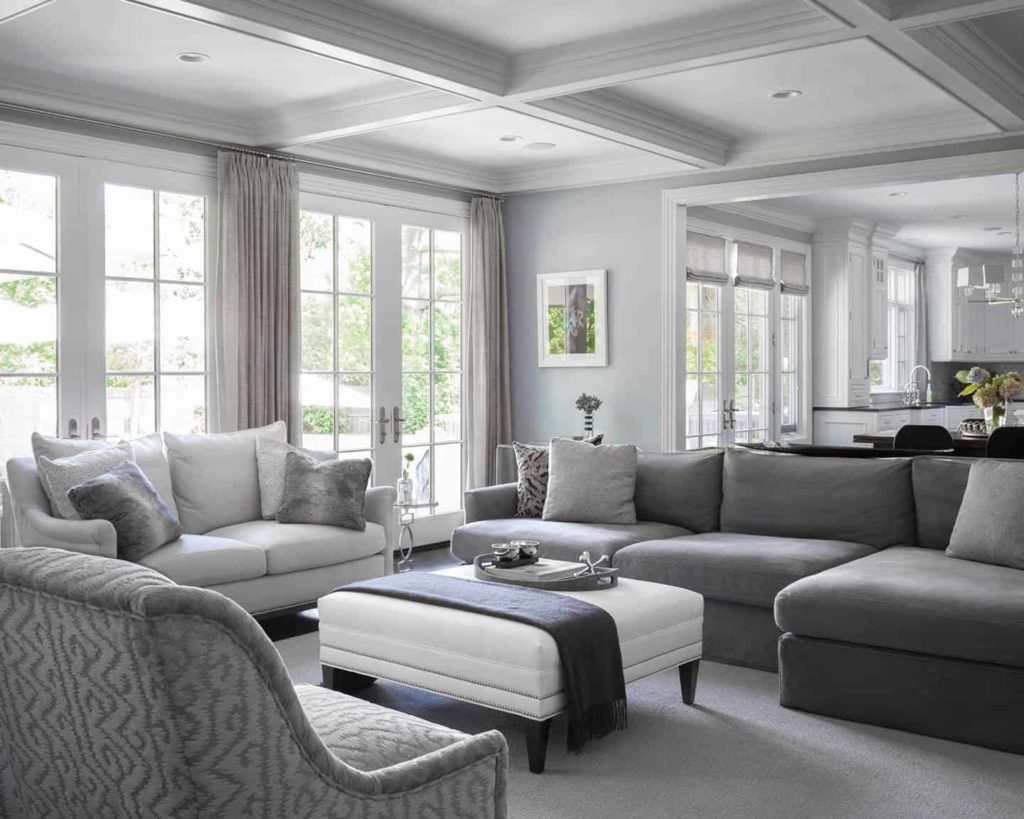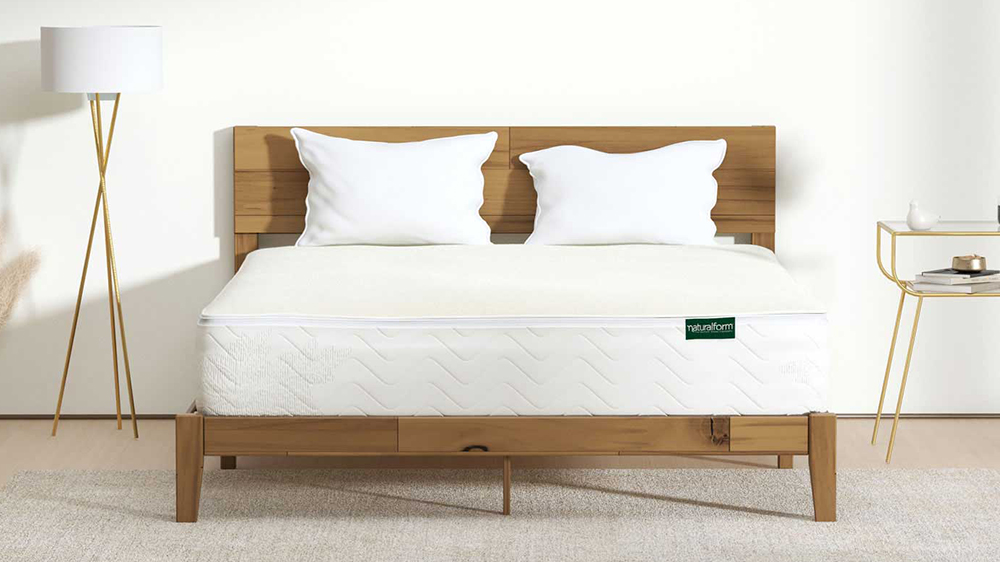The 1960s were an exciting time in architecture, and it can be seen clearly in the council housedesigns of the time. Council houses, often referred to as ‘social housing’, are residences owned and managed by a local or national government and allotted to occupants. Modernist Council House Designs from the 1960s stand out for their unique style and approach to design, which were heavily influenced by the post-war era of development.
Modernist architecture of the era focused on designing buildings with a sleek, minimalist approach using clean lines, open-plan interiors, and floor-to-ceiling windows. This is an approach that is still being used to design a wide variety of buildings today, from contemporary homes to office buildings and more. Modernist council house designs of the 1960s were a product of their time, but as such, they also represent an important historical legacy that should not be forgotten.
Modernist Council House Designs from the 1960s
In the 1960s, council house design began to diverge from the traditional styles of earlier times. Architects of the era embraced modernism, which focused on functionalism and an emphasis on structure. Part of this movement saw an increased use of concrete, a material associated with many of the modernist council house designs of the time. The concrete structures often featured flat roofs, cantilever balconies, and open plan living areas, epitomizing the era’s experimentative approach to architecture.
Council house architects of the time also experimented with color, often using muted neutral shades of gray, brown, and white. These colors had a purpose, providing a blank canvas that would allow occupants to personalize their homes according to their tastes. While the minimalist approach is still popular today, some of the more daring colors used in the 1960s have since been omitted, leaving council house designs of the era with a distinctively retro flair.
Style and Design Trends in 1960s Council Houses
At the time, modernist council house designs were heralded as a revolutionary style of architecture. With the development of a postwar culture, architects began to experiment with new approaches to building design that focused on light and airy interiors, open-plan layouts, and a refreshing lack of ornamentation. This style of architecture was quickly embraced by governments who saw the economic advantages of commissioning council homes in batches.
The 1960s were a time of radical cultural change and experimentation, and modernist architecture was a reflection of this. Council house architects weren’t afraid to push boundaries and challenge convention. While some designs were rejected due to their outlandish nature, many were accepted and remain in use today - testament to their timeless appeal.
1960s Council House Design: Showcasing Modernism
The construction and design of council houses in the 1960s was influenced by the materials available at the time. Concrete was the primary material used for construction, which allowed for the construction of light yet strong structures that could withstand the elements. This material also offered the potential for experimental design, which council house architects of the time were eager to explore.
Steel was another important material used for construction, and it offered architects the opportunity to create large-span structures with open spaces and plenty of natural light. Structural elements like steel beams and columns also allowed for higher ceilings, giving the buildings a larger feeling of space.
1960s Council House Construction and Design
Post-war architecture was heavily influenced by starvation and devastation, prompting a focus on explosion-proof buildings and materials that could be rapidly mass-produced. This shifted the focus to concrete and prefabricated shapes, such as slab blocks, which allowed architects to construct buildings at a faster rate.
These materials made it possible to create modernist council house designs in a fraction of the time and cost associated with traditional brick buildings. This opened up a world of possibilities for designers, who began to experiment with novel forms of architecture.
1960s Council House Design: Post-War Influences
The 1960s council house designs represent a unique moment in history, combining the sensibilities of mid-century modernist architecture with a sense of new-found optimism and possibility. In many ways, these designs paved the way for the modernist buildings of today, showcasing the importance of experimentation and the power of concrete as a building material.
When visited today, the 1960s council house designs are a great representation of the spirit of the times and the wealth of possibility that existed during the era. They are a valuable historical record, and a reminder of the potential that can be unlocked when an innovative spirit is applied to architecture.
1960s Council House Design: A Celebration of History and Innovation
The 1960s saw a surge in innovative council house designs, and many of these creations remain in use today. Architects of the era experimented with new materials and forms of design, pushing against the conventions of the time to create unique and stylish dwellings.
Buildings from the era are often referred to as modernist or mid-century modern, and they showcase the power of concrete as a building material. Clean lines, open floor plans, and expansive windows are all key characteristics of council house designs from the 1960s and they all contribute to the timeless appeal of the buildings.
1960s Council House Architecture: A Review
The philosophy of functionalism is often associated with modernist council house designs from the 1960s. This philosophy emphasizes the need for practicality and utility in design, and as such, it informed many of the council house designs of the era. Architects of the time favored practical solutions and a simplicity of form over complex techniques.
Concrete was the primary material of choice for construction at the time, and it was used to construct buildings that were both efficient and aesthetically pleasing. This material allowed for the creation of sleek outlines and open-plan interiors, features seen in many of the council house designs from the era.
Functionalism and Concrete: An Exploration of 1960s Council House Designs
The 1960s saw a range of innovations in council house design, and many of these creations still exist today. Architects of the era focused on creating practical dwellings that were both efficient and aesthetically pleasing. To this end, many designs featured curved shapes and cantilevered balconies, as well as ample glazing to let in natural light.
The decade also saw the incorporation of new technologies into council house designs, such as double-glazed windows and aluminum cladding. Architects of the time embraced the possibilities offered by the new technologies, and many designs featuring these cutting-edge materials still stand today.
Council House Innovations of the 1960s
When looking back at the council house designs of the 1960s, it is clear that the architects of the time had quite a unique stylistic approach. While mainstream trends from the era heavily favored modernism, many council house designs were far more daring in terms of both form and color. Innovative shapes, bright hues, and daringly minimal features were all used in council house designs from the era, often creating truly unique and inspiring structures.
At the same time, architects were also heavily influenced by the economic and political realities of the era. This is demonstrated in the materials used, which were often chosen for their cost-effectiveness and practicality. The fact that these council house designs have stood the test of time is a testament to the creativity and ingenuity of the architects at the time.
1960s Council House Design: Reflections on Stylistic Choices
The 1960s council house designs left a lasting legacy in the landscape of architecture. Many of the buildings of the era still remain today, and they serve as a reminder of the unique spirit of experimentation. From the emphasis on functionalism and practicality to the innovative use of materials, the legacy of council house design from the 1960s is one that still resonates today.
Council house designs from the 1960s also serve to remind us of the importance of experimentation and bravery in design. By pushing the boundaries of the traditional and the conservative, architects of the era were able to create bold and inspiring buildings that are still admired today.
The Architectural Legacy of 1960s Council House Design
Unique Details and Exterior Aesthetics of 1960s Council Houses
 Many 1960s council houses share similar design qualities, as the old adage “form follows function.” Council houses from this era often feature a simplistic flat-roofed design, as well as an exterior of brick or concrete. Larger council houses are typically
semi-detached
or
terraced
, with multiple stories, while smaller ones usually have two bedrooms.
In terms of exterior aesthetics, these are the features that are most notable among 1960s council houses:
Many 1960s council houses share similar design qualities, as the old adage “form follows function.” Council houses from this era often feature a simplistic flat-roofed design, as well as an exterior of brick or concrete. Larger council houses are typically
semi-detached
or
terraced
, with multiple stories, while smaller ones usually have two bedrooms.
In terms of exterior aesthetics, these are the features that are most notable among 1960s council houses:
Window Styles
 1960s council houses featured unique square window frames typical of the era. The windows themselves were generally single-paned, and the window frames were either wood or metal.
1960s council houses featured unique square window frames typical of the era. The windows themselves were generally single-paned, and the window frames were either wood or metal.
Materials
 The primary building materials of these houses were reinforced concrete or brick, and often included colored tiles for added architectural detail. On some houses, colors of tiles or bricks varied between different exterior walls.
The primary building materials of these houses were reinforced concrete or brick, and often included colored tiles for added architectural detail. On some houses, colors of tiles or bricks varied between different exterior walls.
Roofs
 The roofs of the houses were often flat with no large overhangs, while some were slightly inclined. While slate roofs were common among many buildings, some newer housing included
asphalt
roofs.
The roofs of the houses were often flat with no large overhangs, while some were slightly inclined. While slate roofs were common among many buildings, some newer housing included
asphalt
roofs.









































































/bathroom-sink-184112687-5887c27c5f9b58bdb367dd56.jpg)

